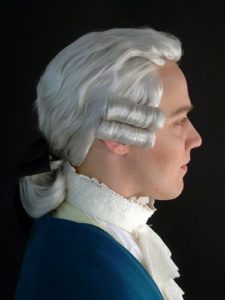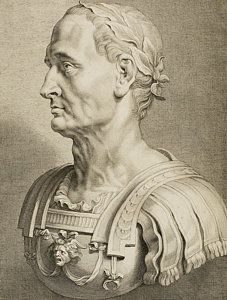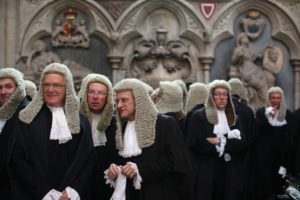Below is an article that briefs about the history and the origin of the white wigs worn by the English Barristers and associates in law. They have been worn since the 14th Century AD. Let us see why and how.
What are English Wigs?
A basic wig is generally a covering of artificial hair – either made from human or animal hair worn by people that need to cover their hair deficit area in the head. Wigs have been used by both men and women for a matter of attraction or changing the look since the Egyptian times. But the English wigs or the British wigs have a whole other outlook towards the usage of wigs.
English Wigs are white powdered hair coverings worn by Englishmen that belong to the law in occupation. The wigs are still worn by English barristers and judges of the court of law. Between the 1500s – 1700s, the wigs that are worn by the British were a sign of nobility among the Britishers. Soon, the tradition spread throughout other European countries.
Origin of the English Wigs
The wigs began to be a fashion item in Ancient Greece worn by the Generals. Not only that, they owned a separate wig which was only worn as a mask or protection in battles.

Julius Caeser – a Roman politician and military general was also seen wearing a wig to hide his baldness. During 313 AD, the Church banned the use of wigs. Hence, during this time the use of wigs in Ancient Europe was seen to decrease. However, as time passed by Henry III of France was seen wearing a wig as a symbol of his boldness and spread it across Europe once again as fashion.
After this, Queen Elizabeth was seen wearing wigs as a normal part of her wardrobe and so did the men in her courtyard. By the time, the use of wigs became absolutely popular among the English community.
Powdered Wigs
The powdered wigs were among the most popular wigs in the middle ages in England. The wigs were called ‘perukes’. However, from a hygiene perspective, these wigs gave an ill performance. During the 15th century, the plague hit Europe and people were affected by many diseases such as open sores, dementia, patchy hair loss, etc. Due to the intake of high dose antibiotics, the powdered wigs became popular in usage as many started to lose their hair. This included women too.

The perukes, as they were called were sprayed with lavender and orange to give a refreshing scent. Charles II, the King of England started wearing these powdered wigs and made it the style of the century. Hence, wearing these expensive wigs became the style of the upper middle class of England.
End of the English wig period
Towards the end of the 18th century, the Englishmen resorted to keeping their hair short and neatly cut and the use of wigs became much lesser. This could also be due to the reign of a female, Queen Victoria that did not appear to wear any wigs. Even her husband, who was the icon during the century, Prince Albert Consort never wore wigs. Hence, short hair was the new fashion adopted by the 19th century onwards.
British Parliament Wigs
The judges and the lawyers or barristers of the English court are still found to be wearing the white powdered wigs. This is because the tradition dates back to the 17th century. Not much of the fashion has changed ever since and hence it is now a part of the wardrobe worn in the courts.

The robes worn by the barristers are in different colors depending on the kind of case being handled. The barrister’s wig and the judge’s wigs are different in appearance from each other. Due to the agelong tradition, the wigs and the robes have now become a point of distinction of the court from the other public. Hence, the wigs are used even today and represent the power and authority held by the official.